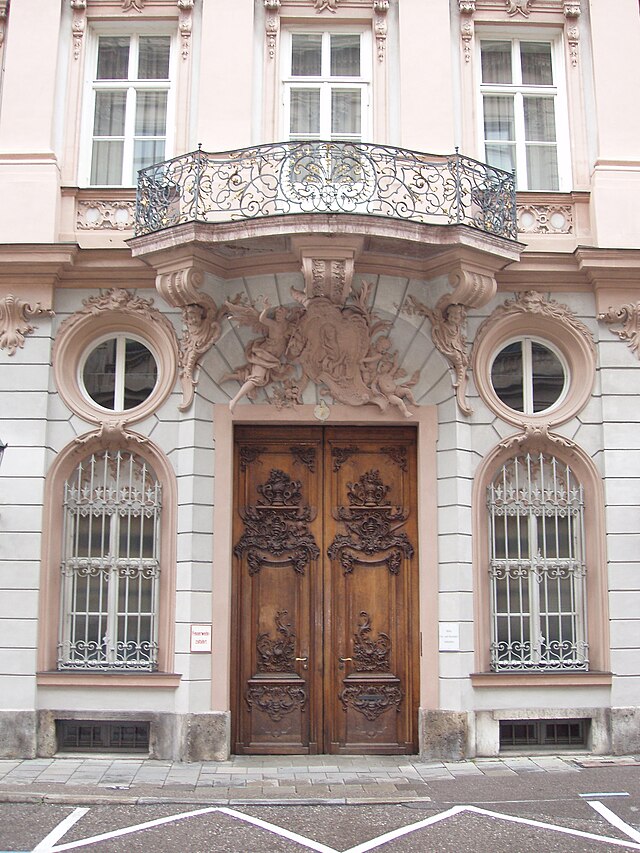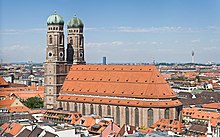Archdiocese_of_Munich_and_Freising
Roman Catholic Archdiocese of Munich and Freising
Diocese of the Roman Catholic Church in Bavaria, Germany
The Archdiocese of Munich and Freising (German: Erzbistum München und Freising, Latin: Archidioecesis Monacensis et Frisingensis) is a Latin Church ecclesiastical territory or diocese of the Catholic Church in Bavaria, Germany.[1][2] It is governed by the Archbishop of Munich and Freising, who administers the see from the co-cathedral in Munich, the Frauenkirche. The other, much older co-cathedral is Freising Cathedral.
This article needs additional citations for verification. (May 2016) |



The see was canonically erected in about 739 by Saint Boniface as the Diocese of Freising, and later became a prince-bishopric. The diocese was dissolved in 1803 following the collapse of the Holy Roman Empire, although a titular bishop ruled until April 1, 1818, when Pope Pius VII elevated the diocese to an archdiocese with its new seat in Munich, rather than Freising.
The archdiocese is divided into forty deaneries with 758 parishes. Its suffragan bishops are the Bishop of Augsburg, the Bishop of Passau, and the Bishop of Regensburg.
The most famous archbishop was Joseph Ratzinger, who was elected as Pope Benedict XVI.
The residence of the Archbishops of Munich and Freising is the Palais Holnstein in Munich.


